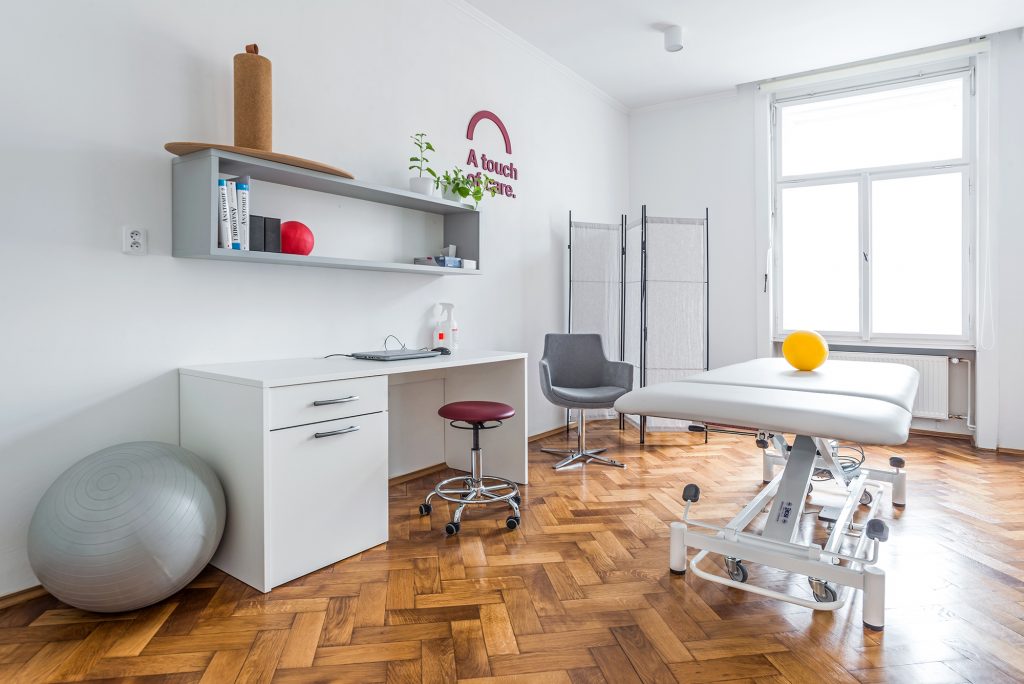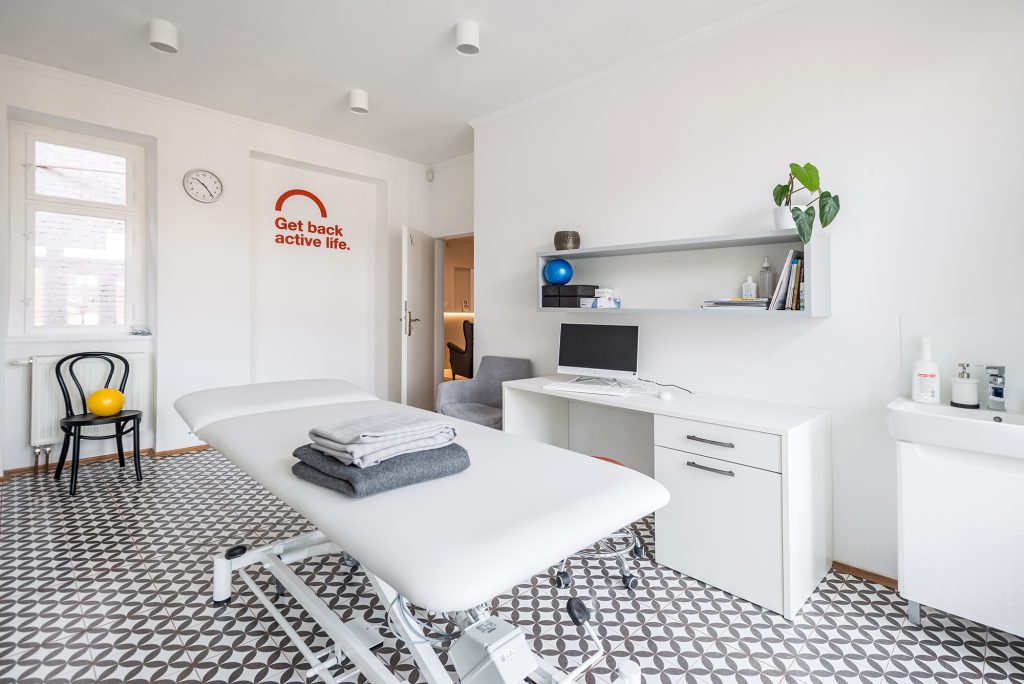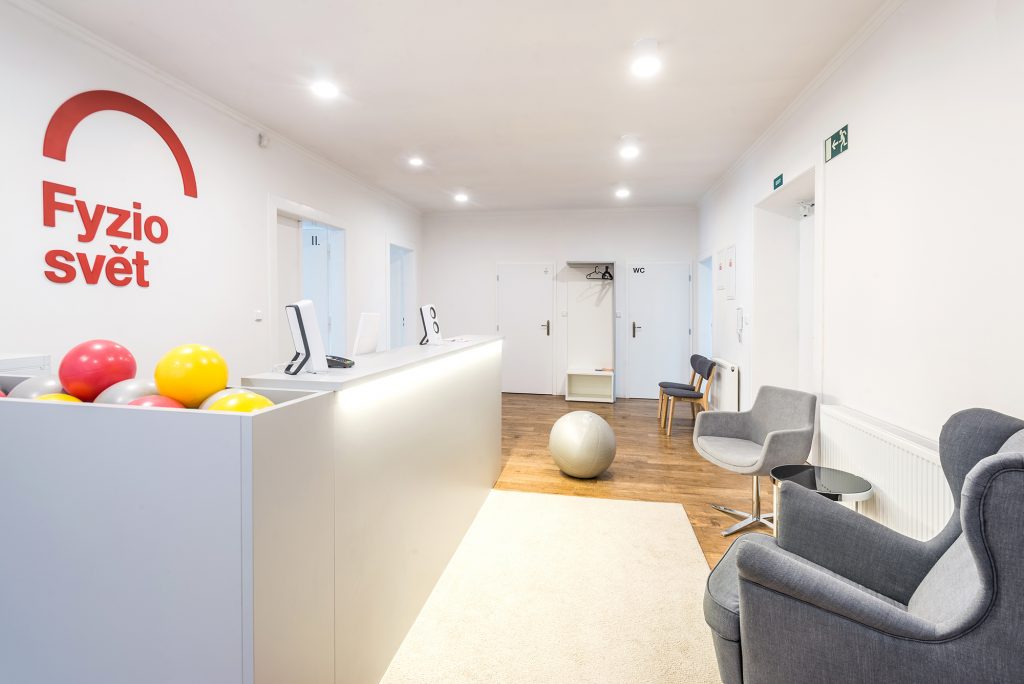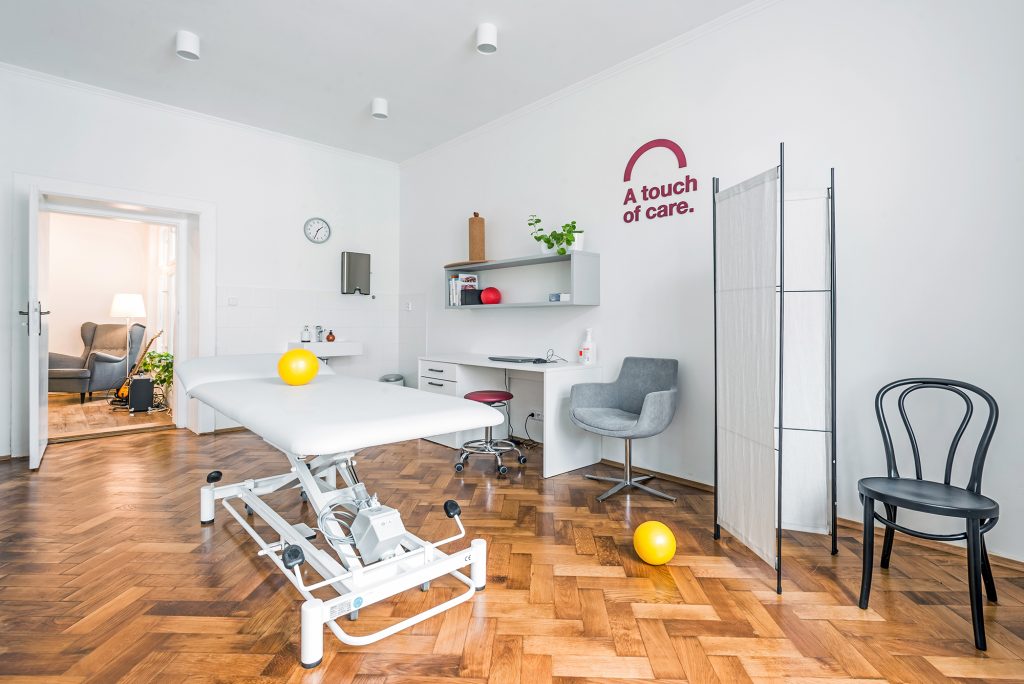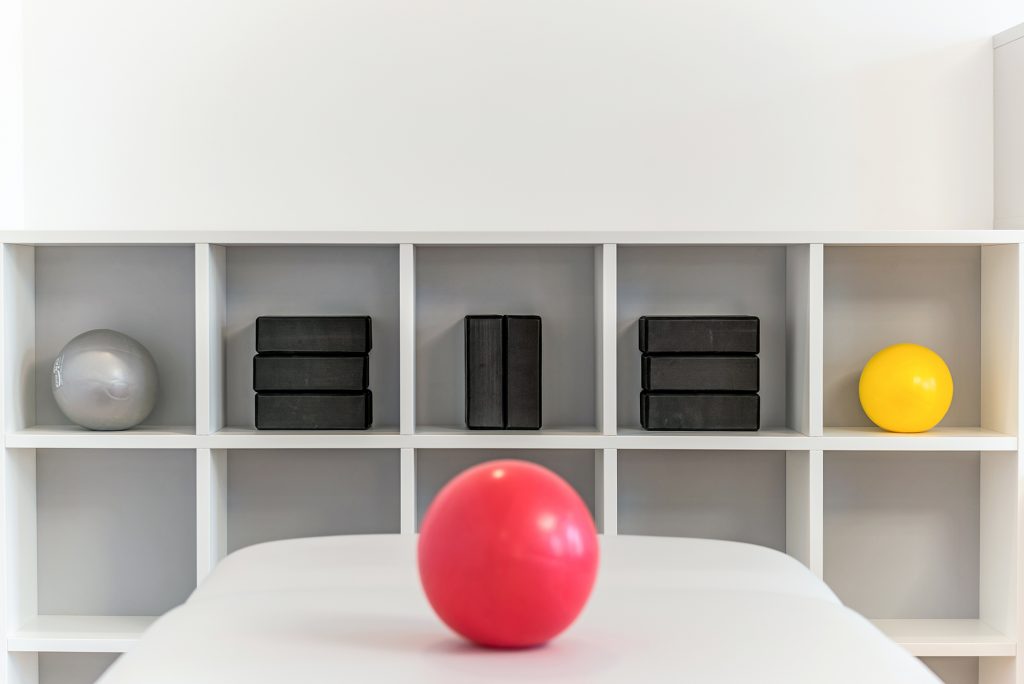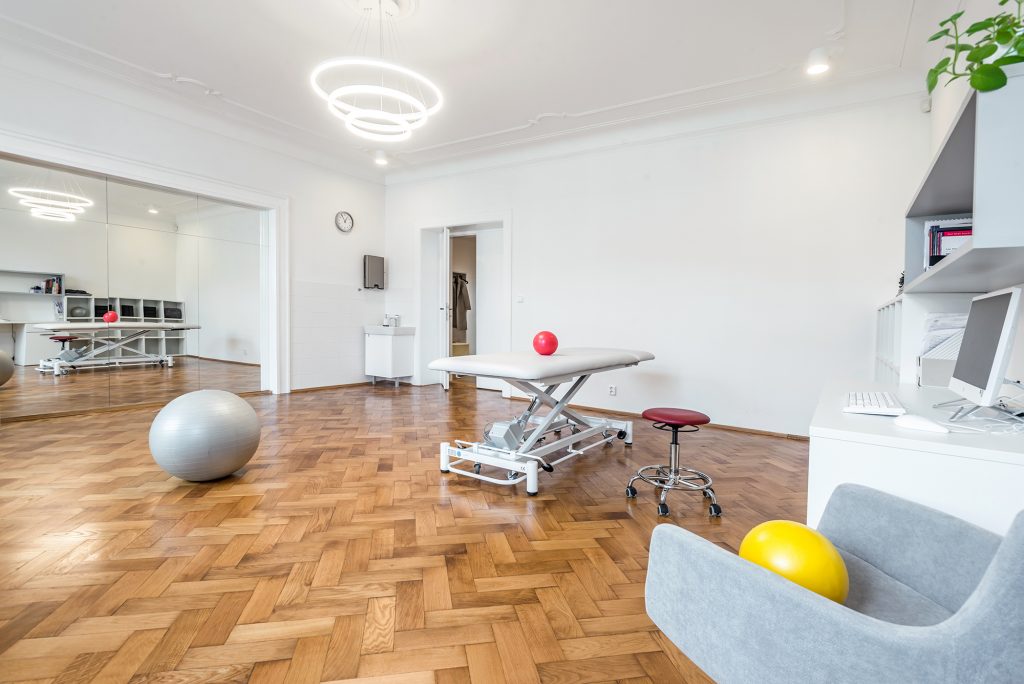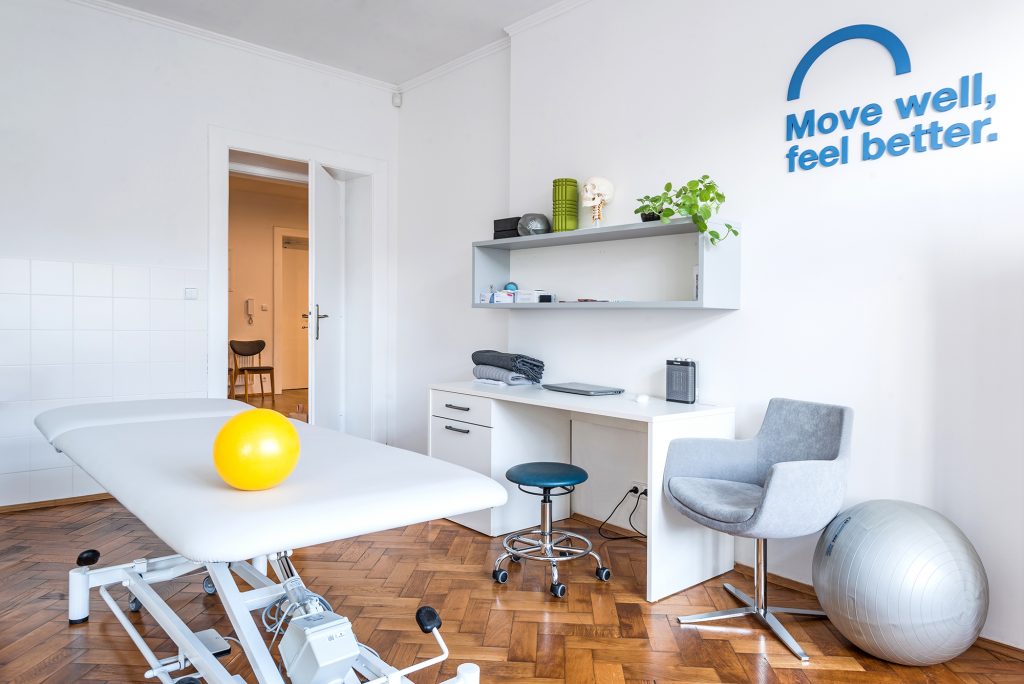Interview about the Ludmila Mojžíšová Method
Interview conducted as part of the Infertility Guide project by Mgr. Alena Dvořáková, in collaboration with physiotherapist Mgr. Klaudia Michalčinová.
Why are you interested in the Ludmila Mojžíšová Method? What drew you to it?
I’ve always been fascinated by gynecological issues, and I hoped to delve deeper into them, though I wasn’t sure how at the time. I first encountered the Ludmila Mojžíšová Method during my university studies. When I learned that physiotherapy could assist in helping new life come into existence, I was immediately intrigued and knew this was something I wanted to pursue professionally. At first, it was all new and unknown to me, and I didn’t understand the connections, but I was amazed by the method and held it in great respect.
What is the Ludmila Mojžíšová Method?
The Ludmila Mojžíšová Method is a rehabilitation technique that addresses functional disorders of the musculoskeletal system. It is the result of a lifetime of systematic work that Ludmila Mojžíšová dedicated to rehabilitation, and it’s perhaps best known for treating certain types of female and male infertility. The method operates on the principle of reflex relationships between the spine and internal organs. Essentially, when there’s an issue in the spine (often a blockage, but it can be a herniated disc or other problems), it can manifest in the corresponding internal organ, and vice versa. If this condition persists untreated for a long time, muscle tension in the smooth and skeletal muscles involved increases. In gynecological terms, issues in the lumbar spine or sacrum can cause tension in the smooth muscles of the fallopian tubes, uterus, and vagina, leading to fertility problems. Women may experience irregular or painful menstruation, among other issues. Ludmila Mojžíšová’s method targets the root cause by addressing musculoskeletal problems.
Who is it suitable for?
The method is primarily intended for women struggling with infertility. However, it is also effective for treating back pain, pelvic issues, headaches, and joint pain, for people with scoliosis or poor posture, and even for pregnant women (up until birth). After childbirth and the six-week postpartum period, women can start exercising again to regain their shape more quickly. Other indications for this method include internal, gynecological, and urological issues like constipation, urinary incontinence, irregular or painful menstruation, anovulation (lack of ovulation), painful intercourse, or anorgasmia. The method can be used to treat children, the elderly, and even men.
Is it unsuitable for anyone?
This method is suitable for almost everyone, though there are exceptions. Sometimes specific exercises need to be adapted, modified, or omitted, which is why I recommend an individual consultation with a qualified physiotherapist.
What exactly does the Ludmila Mojžíšová Method involve?
It starts with a detailed and thorough examination by a physiotherapist, who will also explain what the treatment involves and how the method works. The client’s cooperation and motivation are almost half of the success. The core of the method is active exercises that the client performs at home, and the physiotherapist monitors the correct execution. The treatment also includes an examination of the pelvic floor muscles, which is done via the rectum. During this examination, the physiotherapist feels the pelvic floor muscles and, if there is tension or pain, releases the muscles using specific techniques. The tailbone can also be examined through the rectum to check for painful spots or to see if it moves properly. Additionally, spinal or joint blockages are released. The length of treatment varies, but it typically lasts between 3 to 6 months.
How often should the exercises be done, and how long do they take?
For the treatment to be effective, it is crucial that the woman performs the exercises daily. Ludmila Mojžíšová recommended exercising twice a day, with each exercise repeated 20 times, which could take 45 minutes to an hour. I don’t strictly adhere to these numbers. I recognize that finding 45 minutes twice a day is not easy for most modern women. I recommend exercising once a day for 20-30 minutes. Exercise should bring joy, relaxation, and peace of mind, and women should look forward to it. It should not create stress or a sense of time pressure, as that can prevent the release of necessary endorphins. I advise my clients that if they are having a very busy or stressful day, it’s better to skip the exercise. It’s more beneficial to exercise 4-5 times a week with joy than 7 times out of obligation.
Some women perform the Mojžíšová Method using YouTube without consulting a physiotherapist. What do you think about that?
The Ludmila Mojžíšová Method has specific rules and structure. It should always begin with a thorough examination by a physiotherapist to assess posture, muscle tension, and muscle engagement. The physiotherapist evaluates the findings and decides how to begin treatment. If treatment using the Mojžíšová Method is recommended, the client should be taught the exercises and expectations. The physiotherapist may combine the method with other physiotherapeutic techniques to tailor the treatment to the client. Skipping this step and simply following YouTube videos is unlikely to be effective because no video or instruction can replace the eyes and hands of a physiotherapist. I believe the proper approach is for the woman to first visit a physiotherapist, and after learning the exercises, she can continue practicing at home with occasional check-ins.
How can you recognize a good Mojžíšová Method physiotherapist?
I don’t like dividing physiotherapists into good and bad. Each has their approach based on experience and knowledge. A good physiotherapist will first carefully examine you, both through discussion (about your concerns and wishes) and physically (assessing you from head to toe). They will think critically about the findings, explain the problem, and propose a treatment plan. The client must agree with this, as they too must walk the path toward recovery, not just the physiotherapist.
Some physiotherapists offer weekend courses to teach the Mojžíšová Method. Is that appropriate? Isn’t a personal visit to the physiotherapist better?
As I mentioned earlier, nothing can replace the hands and eyes of a physiotherapist. In group classes, it’s impossible to address individual problems. The proper approach, in my view, is for a woman to first have individual sessions with a physiotherapist. Once she is familiar with the exercises, she can join group sessions led by a physiotherapist if she still wants some guidance. However, I don’t recommend starting with group sessions.
The Mojžíšová Method deals with the pelvic floor. Why should we pay attention to the pelvic floor? There are various seminars about the pelvic floor—what do you think about them? And should the pelvic floor be strengthened?
The pelvic floor is a critical part of the body. It supports reproductive organs, and during pregnancy, it supports the uterus and baby. It affects the intensity of sexual sensations, the ability to urinate and defecate, and the expulsion of the baby during childbirth. The pelvic floor is crucial in breathing and stabilizing the spine. However, it is often overlooked. Many women don’t even know where their pelvic floor is, how it works, or whether it works at all. Seminars on the pelvic floor can be helpful, but it depends on the leader’s knowledge. In physiotherapy, we view the body holistically. We don’t just focus on the pelvic floor when addressing fertility issues—that would be a big mistake. The pelvic floor connects to the diaphragm, mouth muscles, and even leg muscles! Therefore, therapy must be global. Often, the pelvic floor isn’t the problem; other body parts need attention.
When it comes to strengthening the pelvic floor, it’s a common question. But strengthening isn’t always necessary. That’s a myth. The pelvic floor should first be thoroughly examined (through the vagina or rectum) to determine its strength and relaxation capacity, and whether it activates correctly. Without this, strengthening could be counterproductive.
Is excessive strengthening of abdominal muscles harmful to fertility? Can you explain why?
It’s similar with abdominal muscles. There’s a misconception that the abs must be strengthened, but that’s not entirely true. First, the body should be assessed by a physiotherapist to determine whether the abdominal muscles are functioning properly and coordinating with the back muscles and pelvic floor. Often, we find imbalances, where the surface muscles are overly active and the deeper muscles are weaker. This creates tension, which can impact the internal organs. Over time, this can manifest as heartburn, irregular bowel movements, or constipation. In the pelvis, tension can affect the uterus, fallopian tubes, and vagina, leading to menstrual pain or fertility issues.
Can the Ludmila Mojžíšová Method help with issues other than infertility?
Yes, the Ludmila Mojžíšová Method can help with urological, internal, and orthopedic issues, as well as gynecological problems beyond fertility. It can regulate irregular menstruation, reduce or eliminate menstrual pain, and even restore ovulation. It can also help with painful intercourse or incontinence and constipation. The method is suitable for treating back pain, pelvic pain, headaches, and joint problems, as well as scoliosis and poor posture. Pregnant women can practice it until birth, and postpartum women can resume exercises after six weeks. The method is suitable for women, men, children, and seniors alike.
What do you think about hormonal yoga? Can it be combined with the Mojžíšová Method?
I think hormonal yoga is great. I took a course to learn and experience its effects myself. If a client already practices hormonal yoga, they can certainly continue alongside the Mojžíšová exercises. I personally enjoy using the Bhastrika pranayama breathing technique, which is often used in hormonal yoga. This technique stimulates metabolism and provides an internal massage for the abdominal organs, improving the function of the digestive system.
You’re conducting a study as part of your PhD research. Can you tell us more about it?
My current study explores the role of physiotherapy in preparing the musculoskeletal system before artificial insemination. I’ve partnered with several reproductive centers in Prague, and I believe physiotherapy should be an integral part of fertility treatment. Specific exercises can improve blood flow in the pelvic area, reduce pain, and release tension in the pelvic ligaments and muscles. In my research, I offer a three-month rehabilitation program for women who have already undergone at least one IVF or KET cycle and plan to have another. The goal is to prove that combining physiotherapy with assisted reproduction techniques increases the chances of conception. I’ve finished recruiting participants and am beginning to analyze the results.
How can women book an appointment with you? Who do you accept for treatment?
My availability is limited, but I accept clients at my private practice at Fyzio Svět in Prague 7. Women with gynecological issues—painful menstruation, painful intercourse, fertility struggles, or pregnancy-related pain—can book with me. I also see women preparing for childbirth or dealing with postpartum problems like diastasis recti, incontinence, or pelvic or tailbone pain. I work with a team of physiotherapists specializing in gynecological issues, and we often consult and share our experiences with complex cases.
Summary by Mgr. Klaudia Michalčinová
The Ludmila Mojžíšová Method was developed in the 1980s, and much has changed since then. Medicine has advanced, with new diagnostic and therapeutic approaches, and lifestyles have changed significantly, with women spending more time sitting or engaging in unhealthy levels of exercise. Modern physiotherapy now incorporates a variety of techniques in addition to the Mojžíšová Method. Therefore, I suggest finding a physiotherapist who specializes in gynecological issues rather than someone who exclusively focuses on the Mojžíšová Method.
